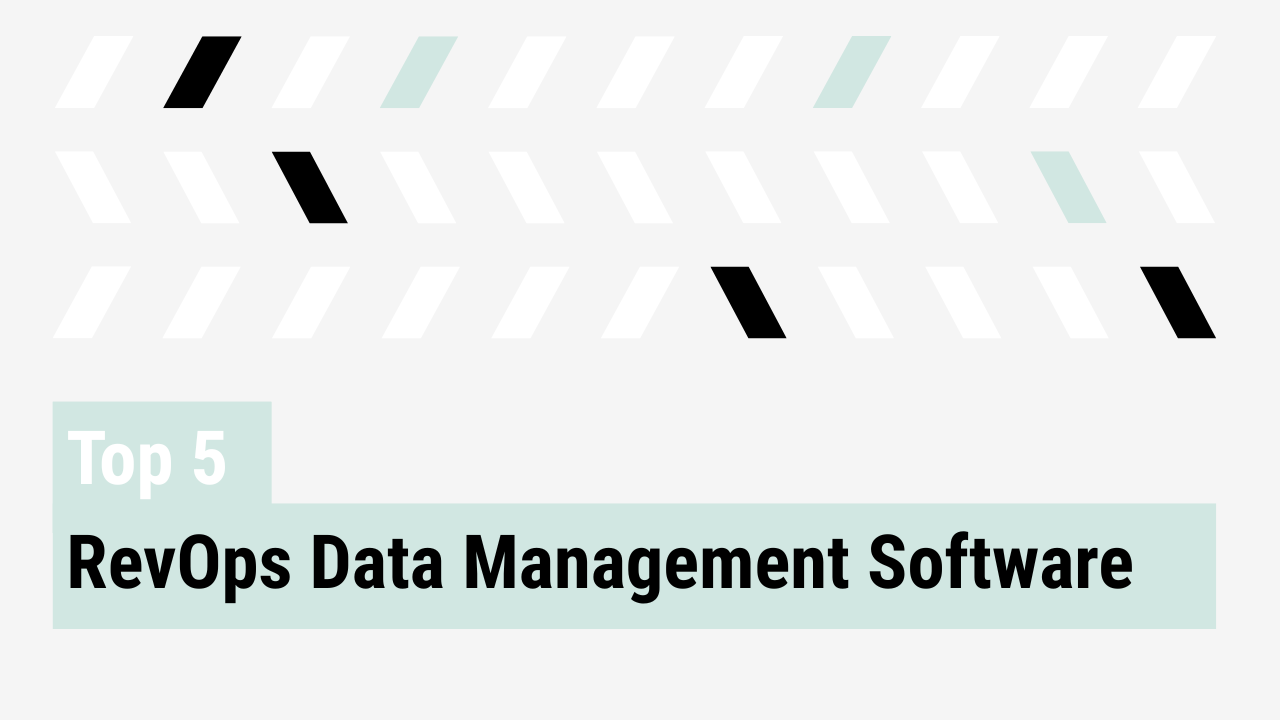Joel Arnold has led RevOps inside PE-backed software companies, advised C-level leaders, and now runs a successful fractional practice (Arnold GTM Advisors). He’s known for stepping into mature and complex companies that already exist and helping them focus on what matters.
In this conversation, Joel shares a pragmatic approach to driving alignment, building trust, and making RevOps a driver of growth and efficiency.
How do you define RevOps, and how has that definition evolved in the market?
RevOps is about unifying marketing, sales, and customer success around a shared operating model. The goal is to ensure data, systems, and workflows are coordinated so teams work from the same source of truth.
That said, the definition is still unsettled. In practice, many organizations view RevOps as sales operations with a few added responsibilities or as a technical role. That’s why I often use the term “go-to-market operations.” It reinforces that the work spans strategy and execution.
What does it take to become a VP of RevOps, and how can operators prepare for that leap?
Moving into a VP role is less about mastering tools and more about thinking clearly at the executive level. You need ownership, the ability to manage competing priorities, and the trust of leadership.
Many RevOps leaders come up through technical roles. But at the VP level, the focus shifts to market understanding, buyer behavior, and how systems reinforce revenue strategy. You’re moving beyond just delivering projects and you’re helping shape where the business is going.
What’s your approach when joining an established company as a new RevOps leader?
Start with a diagnostic. You need to understand what’s broken, what’s missing, and what will move the business forward. That becomes your roadmap.
“It turns out it’s the same problems everywhere… definitions, fundamental sales process, reporting, visualizing things, telling a story. They probably work everywhere.”
Large organizations may have more layers, but the challenges often mirror what you’d see at smaller companies. The work still starts with fundamentals. That means clear definitions of KPIs, consistent sales processes, reliable data hygiene, and shared understanding across teams. Without these in place, even the most advanced tooling or analytics won’t yield useful outcomes. Establishing these basics is what creates the conditions for scalable, strategic RevOps.
What’s in your onboarding diagnostic, and why do you focus on foundational gaps first?
Over time, I’ve developed a checklist that now includes around 150 questions. The goal is to identify where the organization lacks clarity. That murkiness can be in definitions, processes, or data.
“It’s amazing how often you go around and they don’t have a definition for something… Or they don’t have a process or a methodology for a basic kind of thing, like renewals.”
If the basics aren’t in place, more advanced efforts, like forecasting or AI, won’t produce meaningful results. You have to start with the structure before adding complexity.
How do you manage and motivate existing RevOps teams you inherit?
Most teams I inherit are doing too much, too reactively. I focus on building structure that allows people to do focused, high-quality work.
We use tools common in product teams, like daily standups, Kanban boards, and clearly scoped work items broken down into manageable chunks. Each item is tied to a specific deliverable or business goal, which helps reduce ambiguity and keep execution focused. That structure creates visibility into who’s doing what, promotes alignment around shared objectives, and encourages proactive communication. As a result, requests don’t fall through the cracks, updates are easier to track, and the team builds credibility through consistent delivery.
What systems or processes help RevOps teams shift from reactive to strategic work?
You need leadership-aligned priorities and a process that translates those into an ordered backlog. Then you track work in a shared tool, like Jira, so stakeholders can see what’s in motion and where they stand. The tool acts as a centralized hub where every initiative, ticket, and request is documented and prioritized. This not only prevents things from falling through the cracks, but also gives everyone a real-time view into progress, ownership, and sequencing. It transforms status updates from ad hoc check-ins into a self-serve model and establishes a shared reality that drives clarity, transparency, and accountability.
A shared tool reduces context-switching and cuts down on status update requests. It also forces clarity around prioritization: if someone’s request isn’t near the top, the conversation shifts from “why hasn’t this been done?” to “should this move up?”
How can RevOps leaders better communicate their value to the C-suite?
“Your job in revenue operations is actually pretty unique… It’s the only place in the business outside of the CEO or the CFO suite that can pull both the efficiency lever and the growth lever of a company. And that’s powerful.”
RevOps can increase growth by improving data accuracy, pipeline velocity, and market coverage. It can drive efficiency by consolidating systems, aligning headcount to opportunity, and removing operational friction.
To earn influence, speak in outcomes. Show what’s possible and what it’s worth. Treat each initiative like an investment and come prepared with a recommendation.
One valuable framework to highlight with executives is the Rule of 40. The Rule of 40 combines a company’s revenue growth rate and profit margin (typically EBITDA) into a single number. If the sum is 40 or higher, the company is generally considered high-performing in the eyes of investors. RevOps has a direct role in influencing both sides of this metric. It helps accelerate growth through better GTM execution and improves operational leverage. For executives focused on company valuation, this framing makes the value of RevOps immediately tangible.
Go Deeper
If you enjoyed this Q&A, check out the full conversation with Joel Arnold at YouTube or Spotify.
About AccountAim
AccountAim is the planning and analytics platform built for Strategic RevOps teams. With AccountAim, RevOps teams connect all of their fragmented GTM data, automatically snapshot and see trended changes over time, and build full-funnel reporting — all without SQL or data team support. Learn how Strategic RevOps teams use AccountAim to streamline forecasting, territories, cross-sells and more here.



